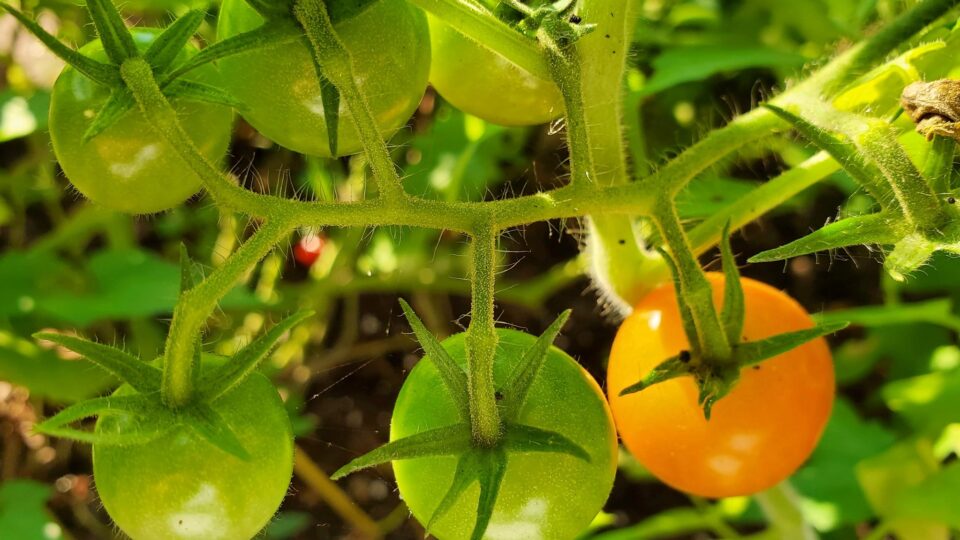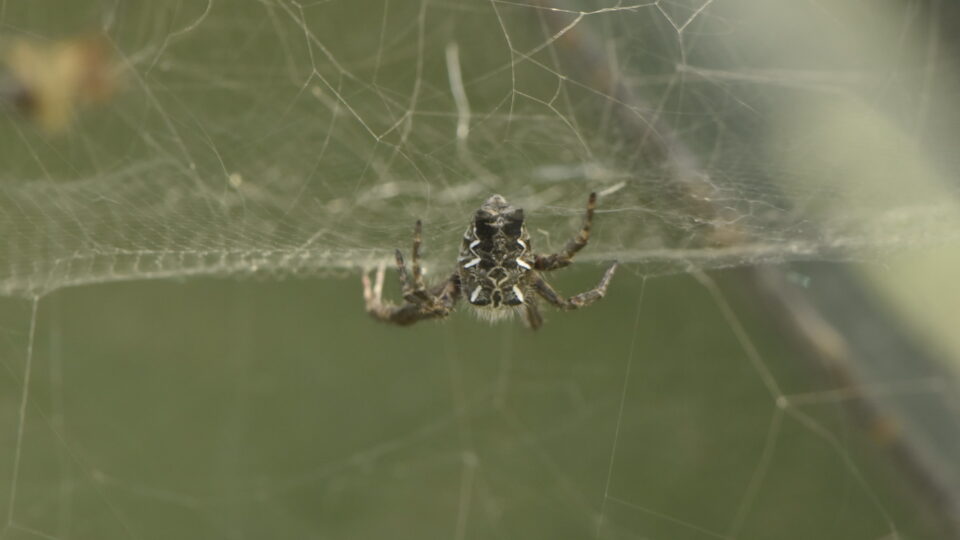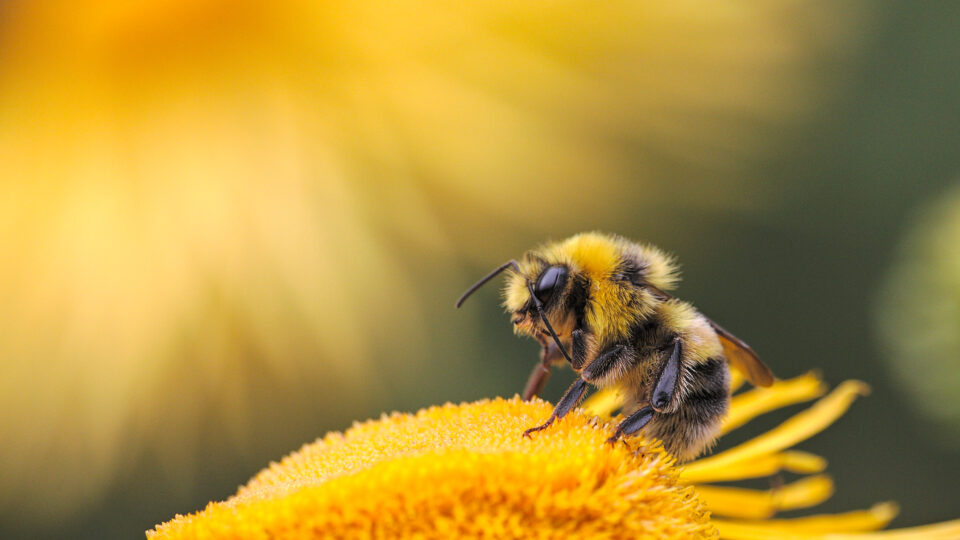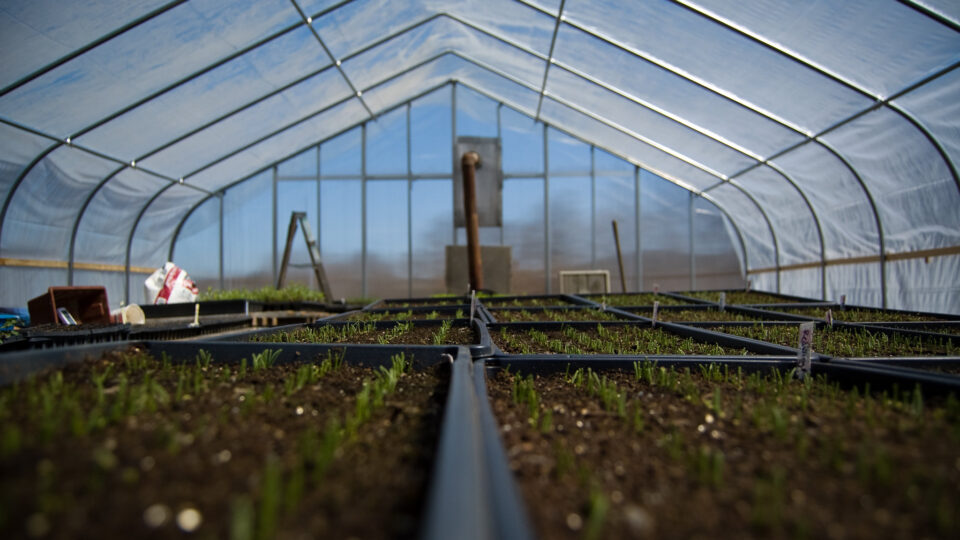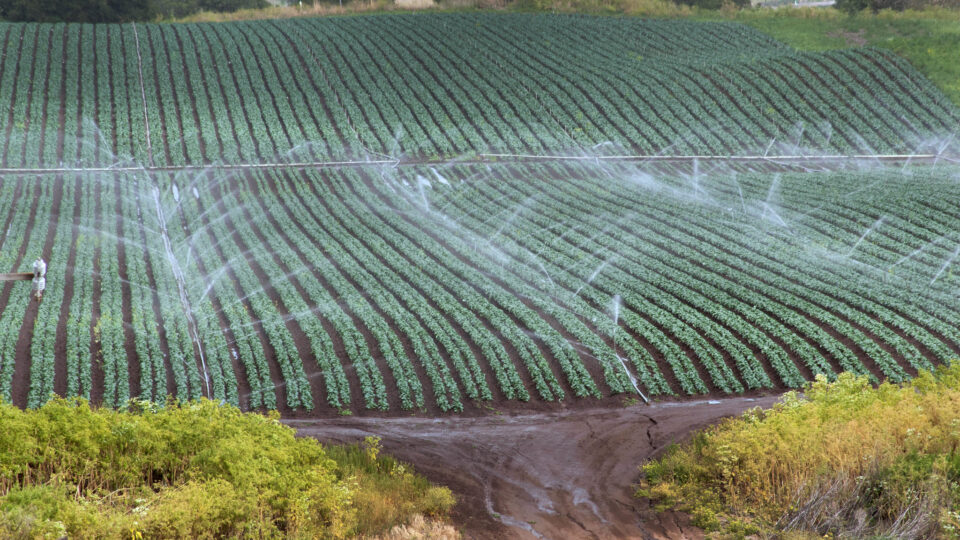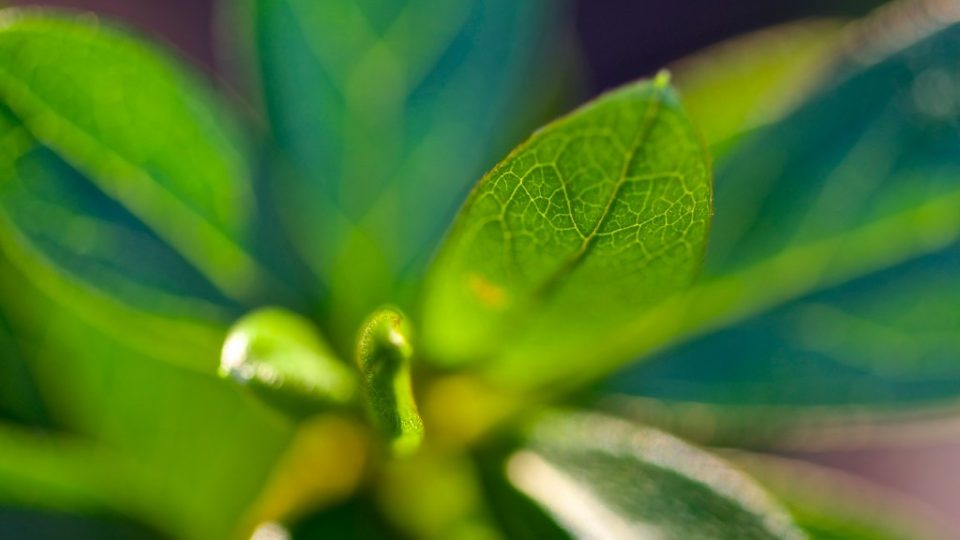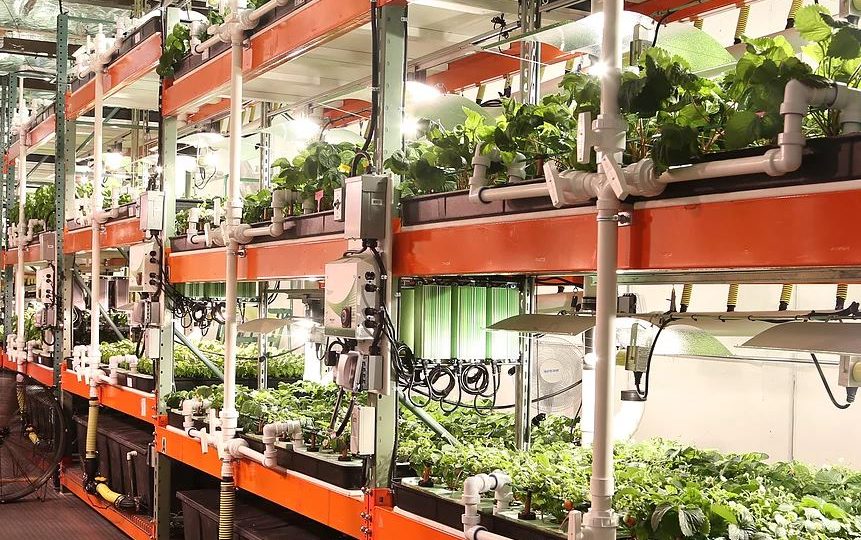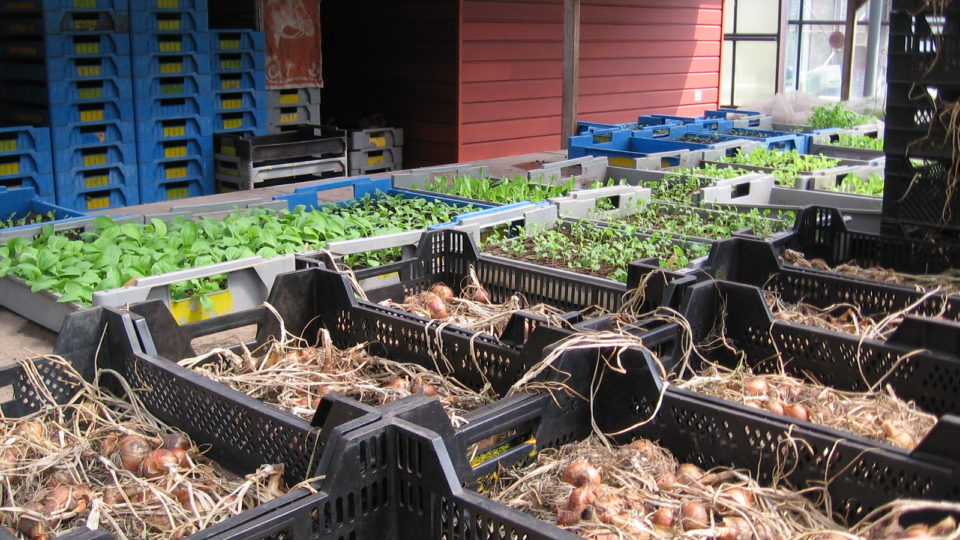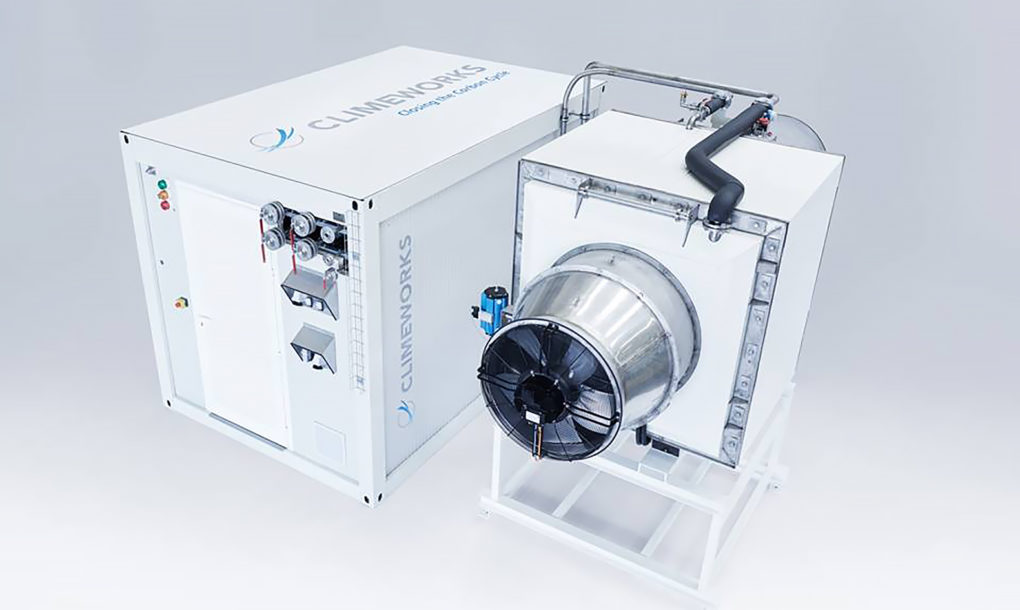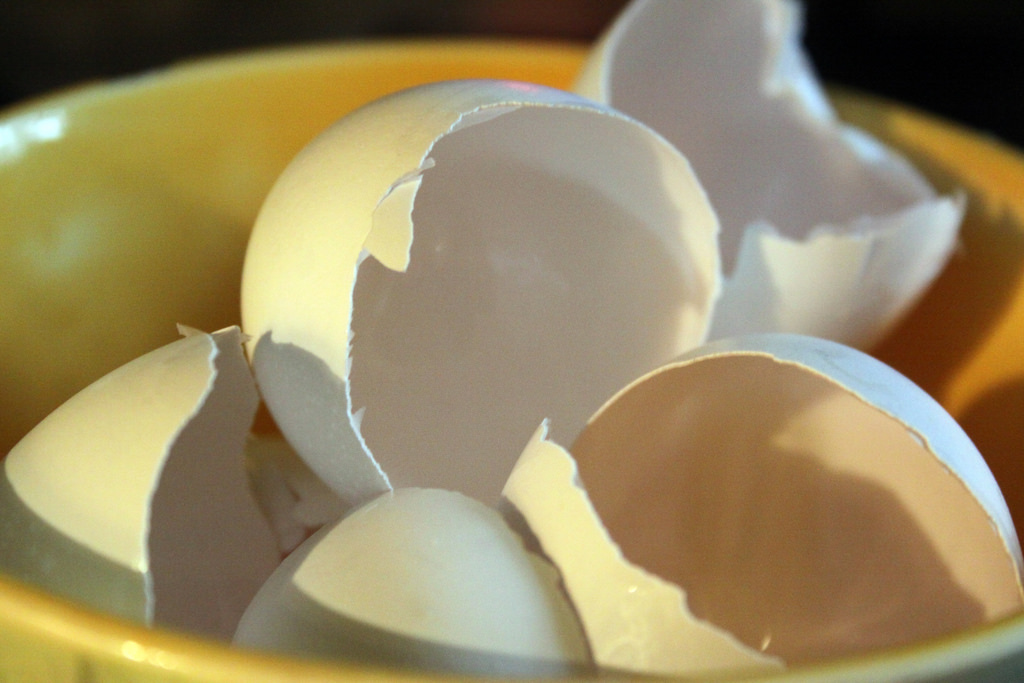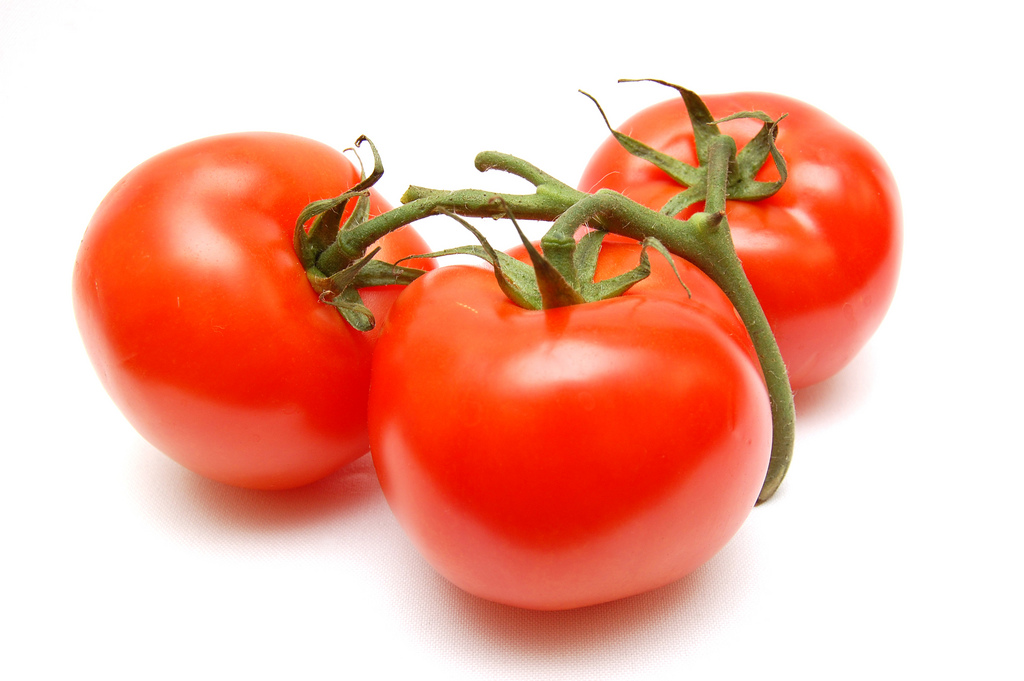Farmers are perpetually engaged in a battle against weeds, which can strangle crops and destroy their yields. There are basically two ways to fight weeds: spraying herbicides that are bad for the environment and human health or using human labor to pull the weeds by hand.
Both choices are increasingly undesirable. Herbicide resistance is a growing problem facing farms around the world and widespread labor shortages in the agricultural sector are making it increasingly difficult to use human resources to combat weeds.
A startup company called FarmWise founded by an MIT engineering alumnus is providing a third option for farmers. The company has developed giant autonomous weeding robots that use artificial intelligence to cut out weeds without damaging crops.
The company’s first product is called the Titan. It looks like a large tractor without a driver’s seat. It uses machine vision to distinguish weeds from crop plants like leafy greens, cauliflower, artichokes, and tomatoes. It snips off the weeds with sub-inch precision.
Fifteen titan robots have been roaming the fields of 30 large farms in California and Arizona for several years. A newer robot, called the Vulcan, is more lightweight and is pulled by a tractor. FarmWise continues to add new crops to its database so that the robots can be used to fight weeds in more and more kinds of farms.
Weed problems are especially acute for farmers of specialty crops, which grow on smaller farms than corn and soybeans, and have unique growing practices, which limit the effectiveness of chemical and technical solutions.
The overall goal of FarmWise is to turn artificial intelligence into a tool that is as reliable and dependable as GPS is now in the farming industry.
**********
Web Links
Titanic robots make farming more sustainable
Photo, posted August 23, 2021, courtesy of Carol VanHook via Flickr.
Earth Wise is a production of WAMC Northeast Public Radio
